Climate crisis: what world-famous cities could look like underwater
Are these the cities of the future?
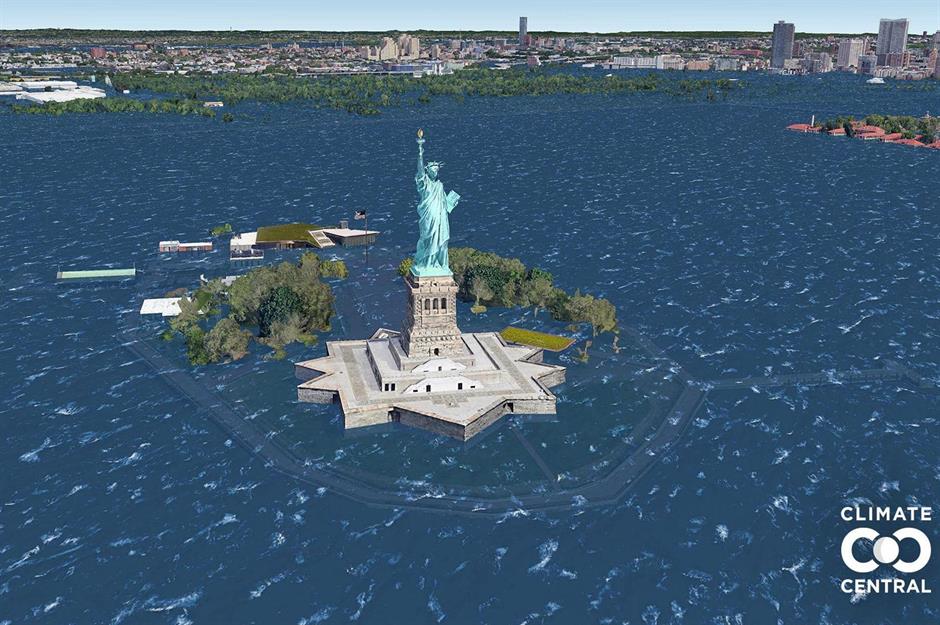
Sea levels are rising around the world as a result of the climate crisis. Even if we manage to keep global warming below 1.5°C (2.7°F), as set out in the Paris Agreement, they are set to rise by at least 10 feet (3m), according to research by non-profit Climate Central. But if the planet's temperature increases by 3°C (5.4°F), which it’s projected to do by 2100 if drastic steps aren’t undertaken, sea levels could rise by 30 feet (9m). Using photorealistic images, Climate Central has illustrated what some of the world’s at risk cities could look like in this scenario.
Click through the gallery to discover what some of the world's most famous cities could look like if sea levels continue to rise...
Buckingham Palace, London, England, UK
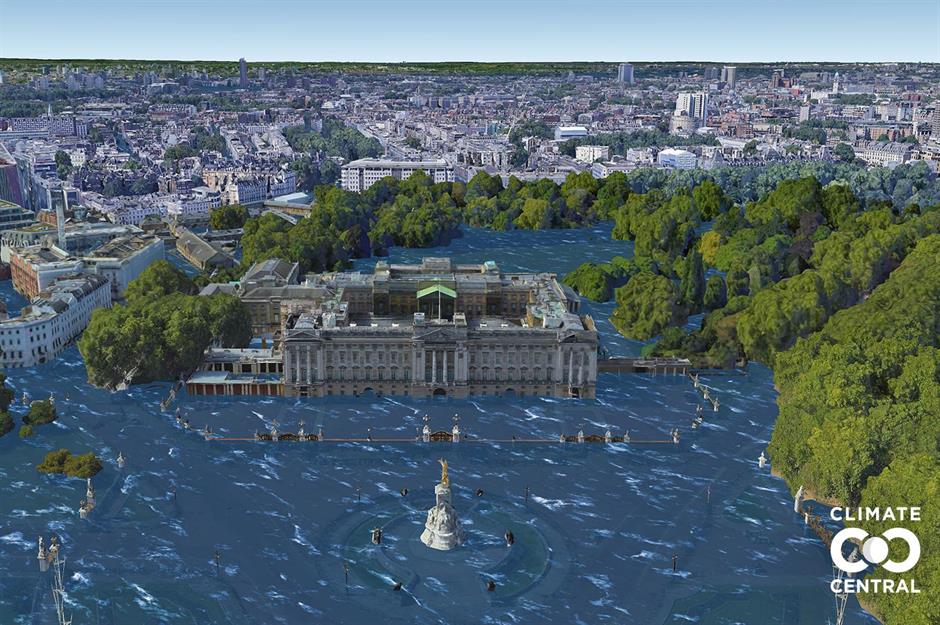
The Pentagon, Arlington, Virginia (near Washington DC), USA
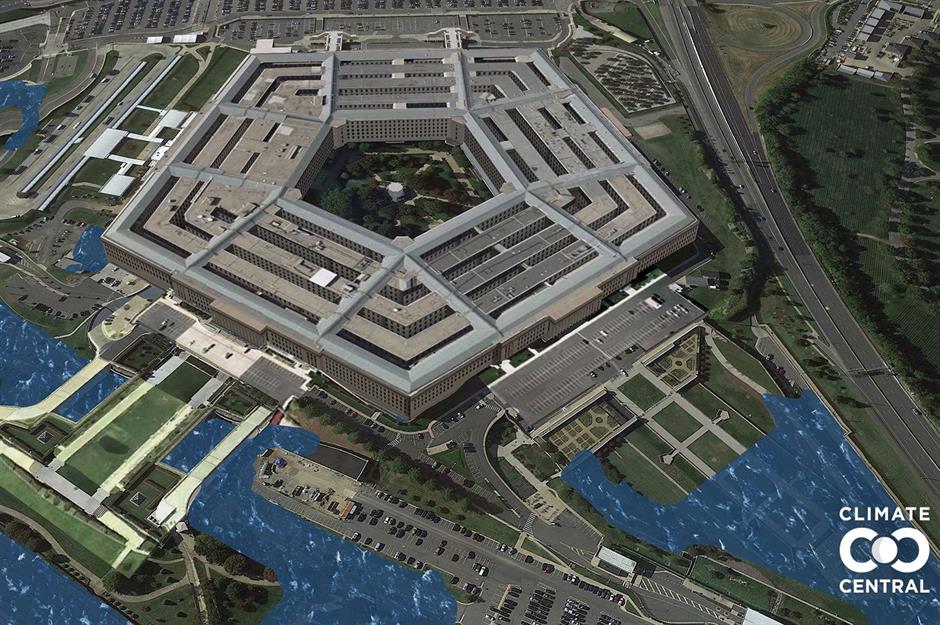
Cathedral of Our Lady, Antwerp, Belgium
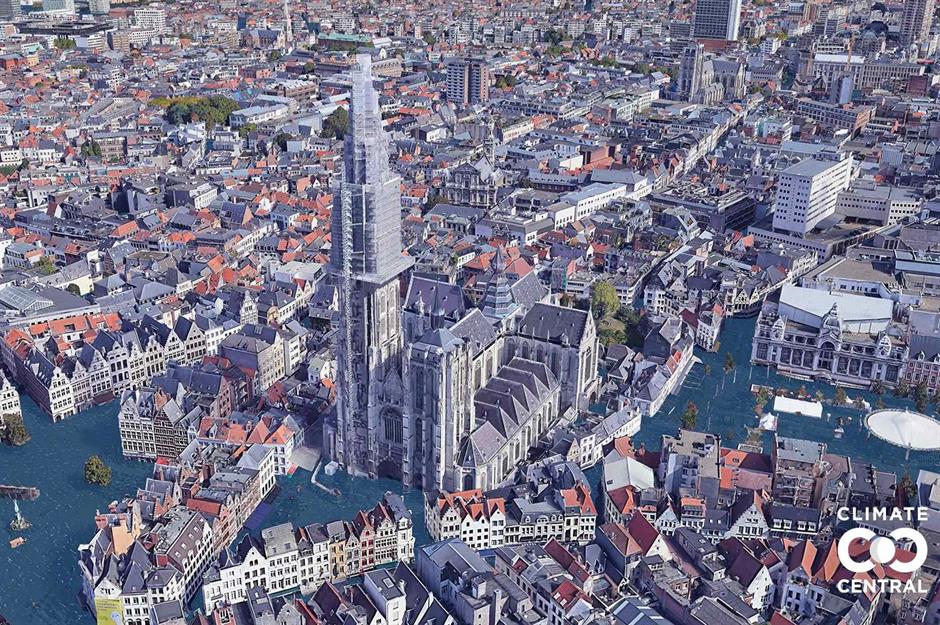
Lalbagh Fort, Dhaka, Bangladesh
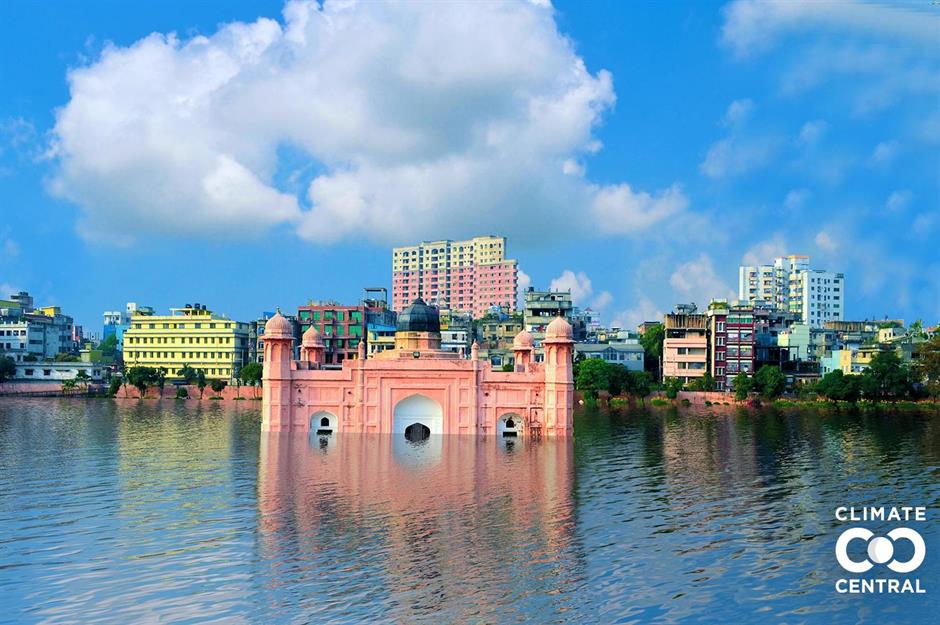
Bangladesh is one of the most low-lying, flood-prone nations in the world and its seasonal monsoonal flooding is already being worsened by the climate crisis. In fact, the country saw record-breaking floods in June 2022, which affected an estimated 7.2 million people. Pictured here is Lalbagh Fort in the capital city, Dhaka, which is predicted to be half-submerged by seawater if we stay on our current path of climate change.
Aristotelous Square, Thessaloniki, Greece
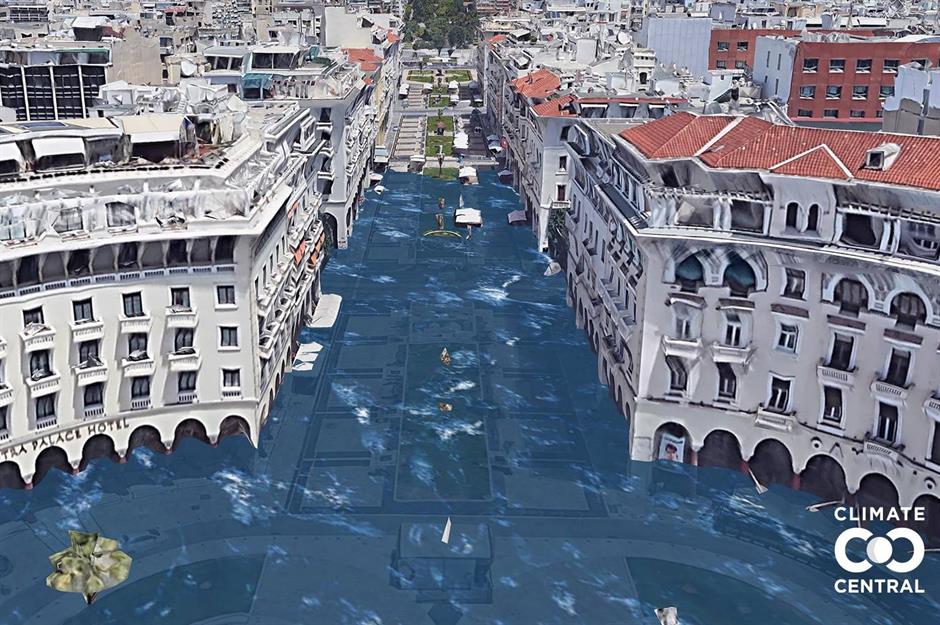
With its Neoclassical buildings and landscaped gardens, Aristotelous Square in Thessaloniki is one of the most-visited locations in Greece. But the square’s immaculate green spaces and covered walkways would be submerged in the event of 3°C (5.4°F) of warming.
Follow our Facebook page for more travel news and destination features
Baltimore Convention Center, Baltimore, Maryland, USA
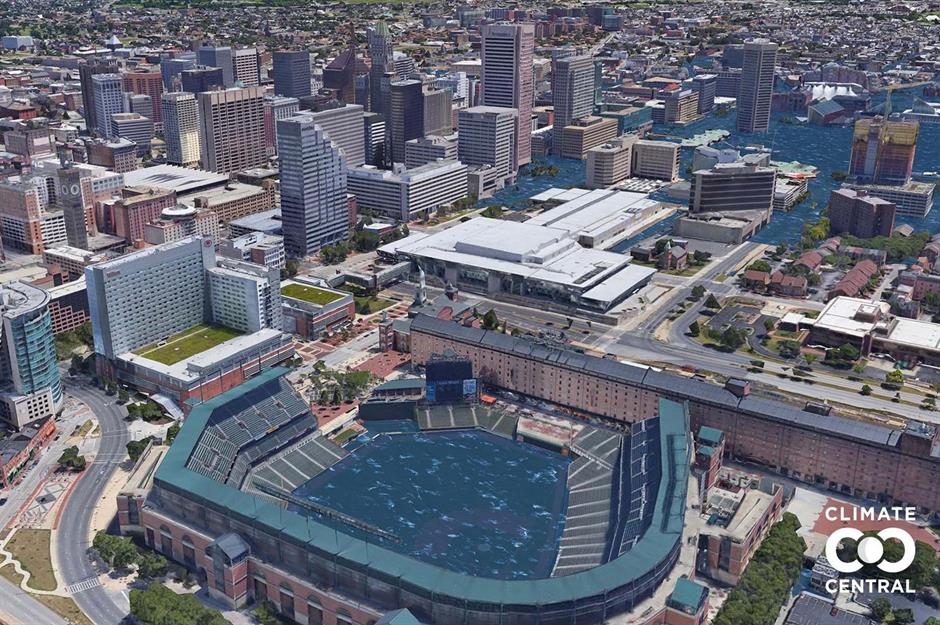
Bank of China Tower, Hong Kong, China
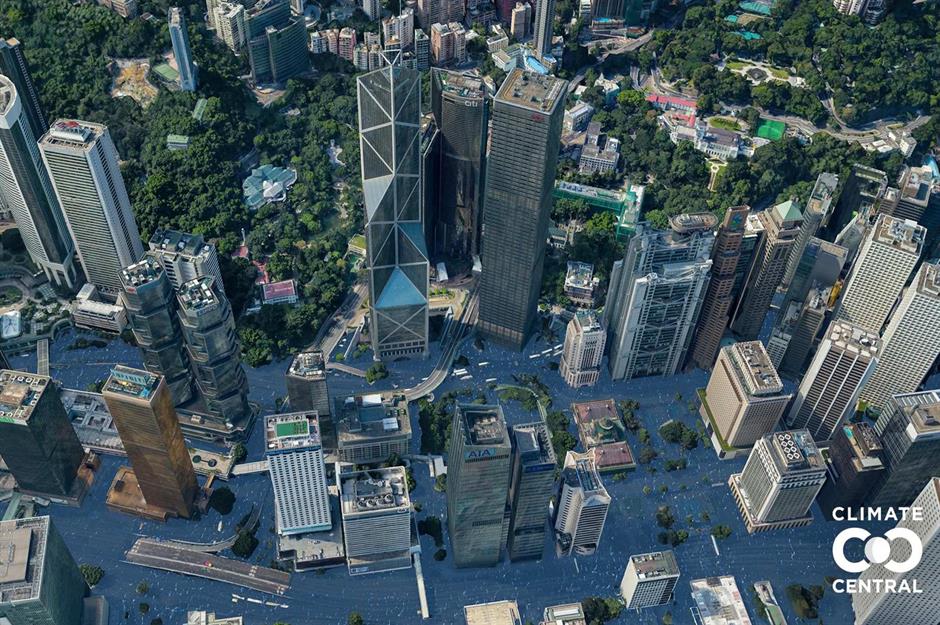
Maranhao's House, São Luís, Brazil
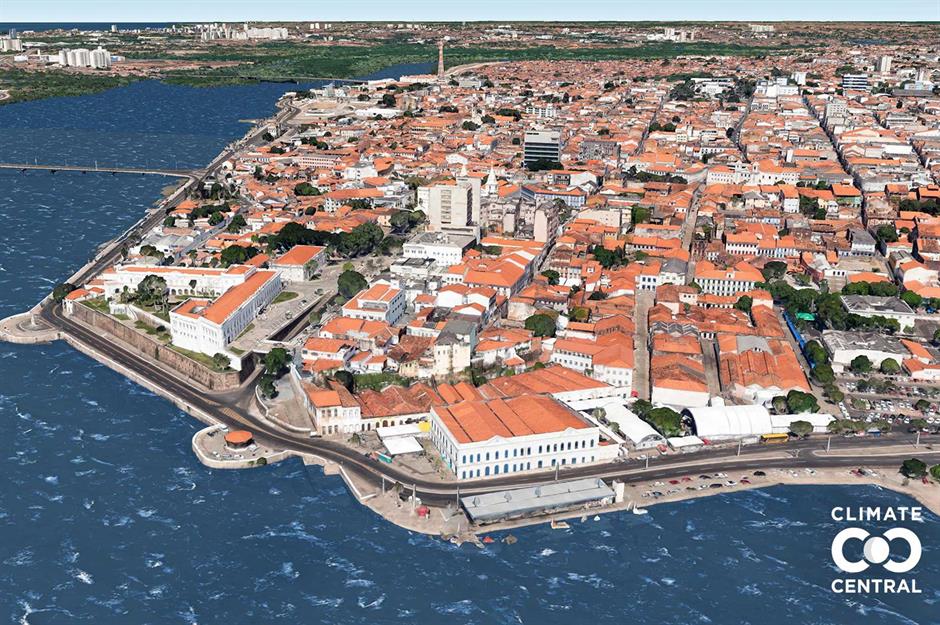
Located on the western coast of São Luís Island, a narrow peninsula which is cut off from the Brazilian mainland by the Mosquito Strait, São Luís city is set to become covered in water as a result of a 3°C (5.4°F) global temperature rise. Pictured here is the old part of the city, including a sprawling historic residence called Maranhao's House.
Downtown San Francisco, California, USA
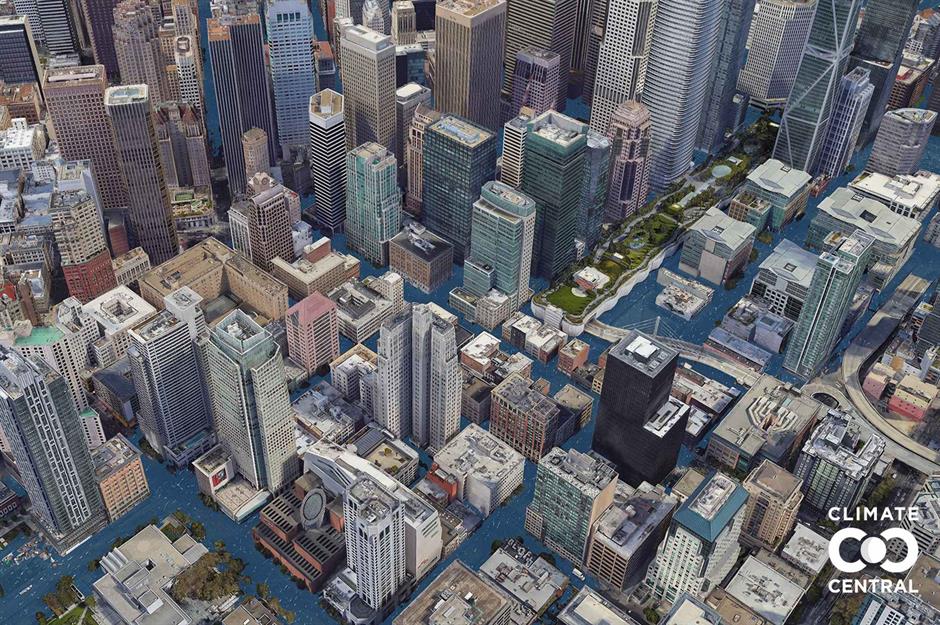
Royal Pavilion, Brighton, England, UK
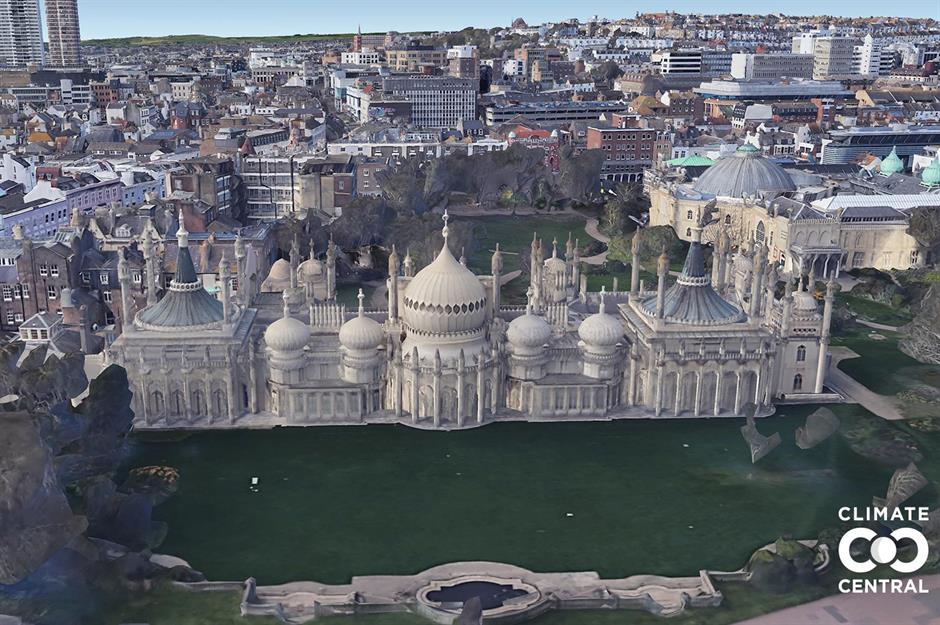
Lagos Central Mosque, Lagos, Nigeria
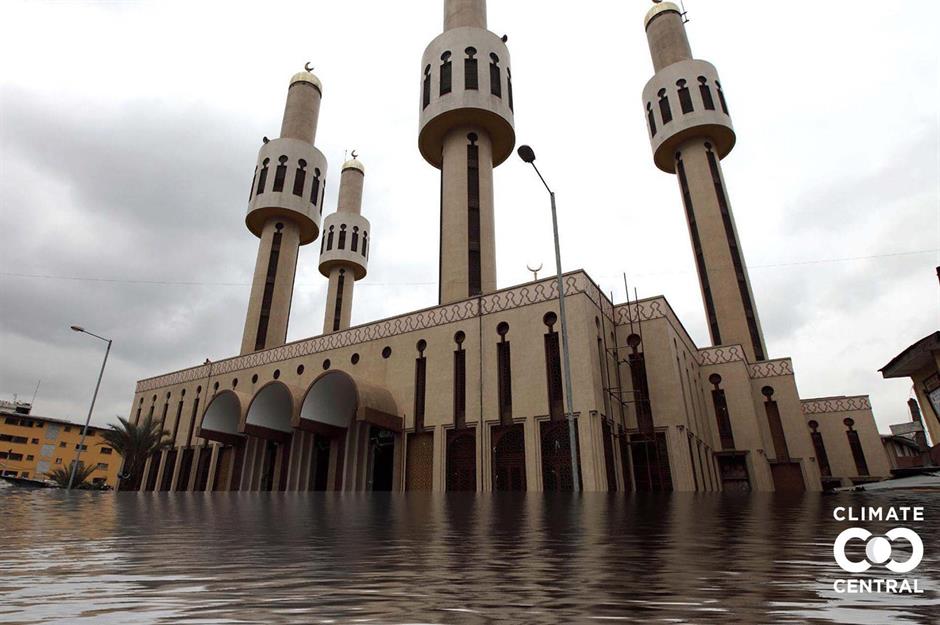
Place Royale, Québec City, Québec, Canada

Plaza de la Catedral, Havana, Cuba
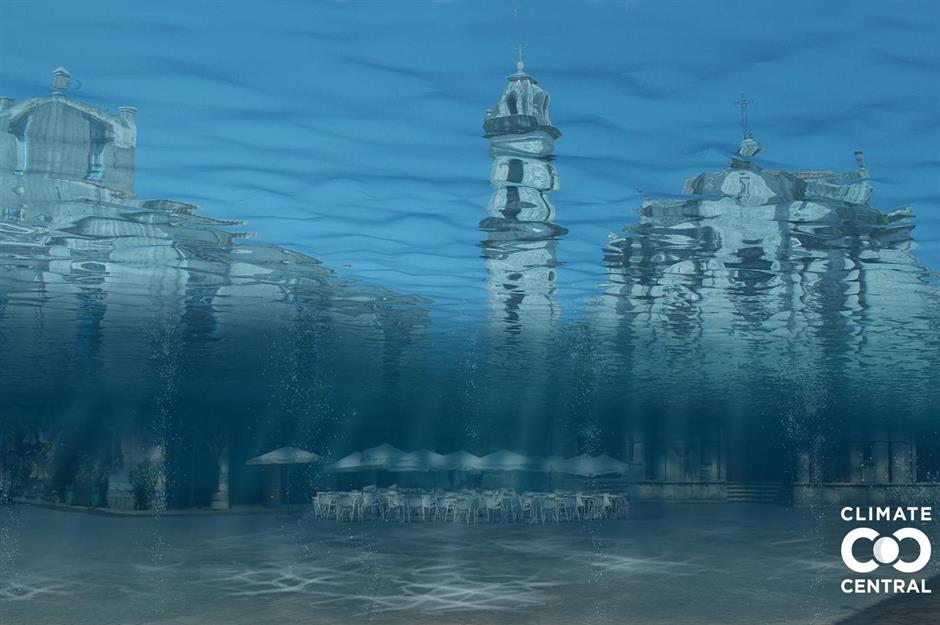
This especially stark image shows the outdoor chairs and tables of Plaza de la Catedral – a large square in Old Havana that is usually bustling with people – completely underwater. Large swathes of the Cuban capital are set to be devastated by unchecked rising ocean levels.
Discover amazing places that have already been swallowed by the sea
Bridge Street, Cambridge, England, UK
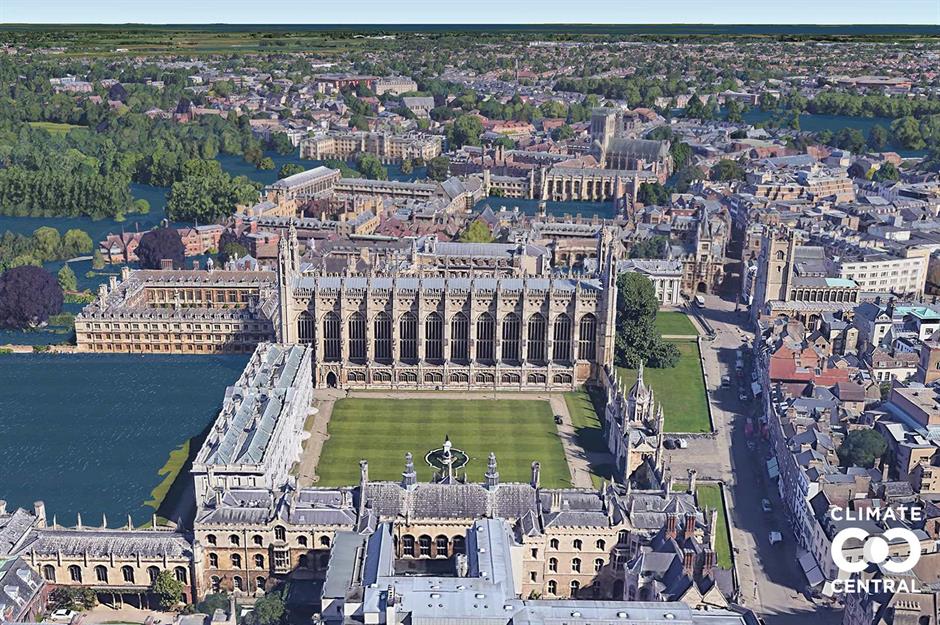
City Centre, Cape Town, South Africa
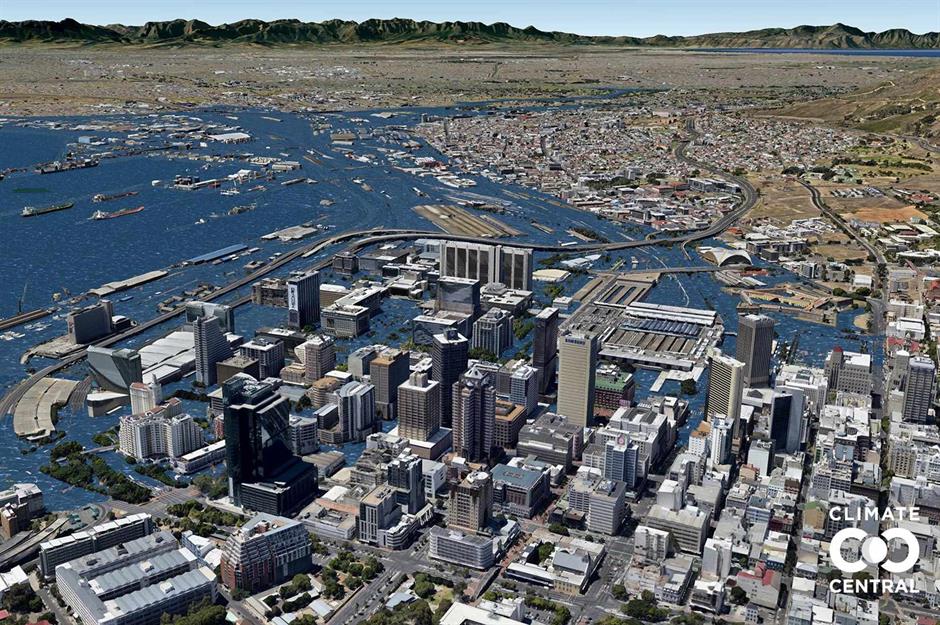
Wales Millennium Centre, Cardiff, Wales, UK

Dublin Castle, Dublin, Ireland
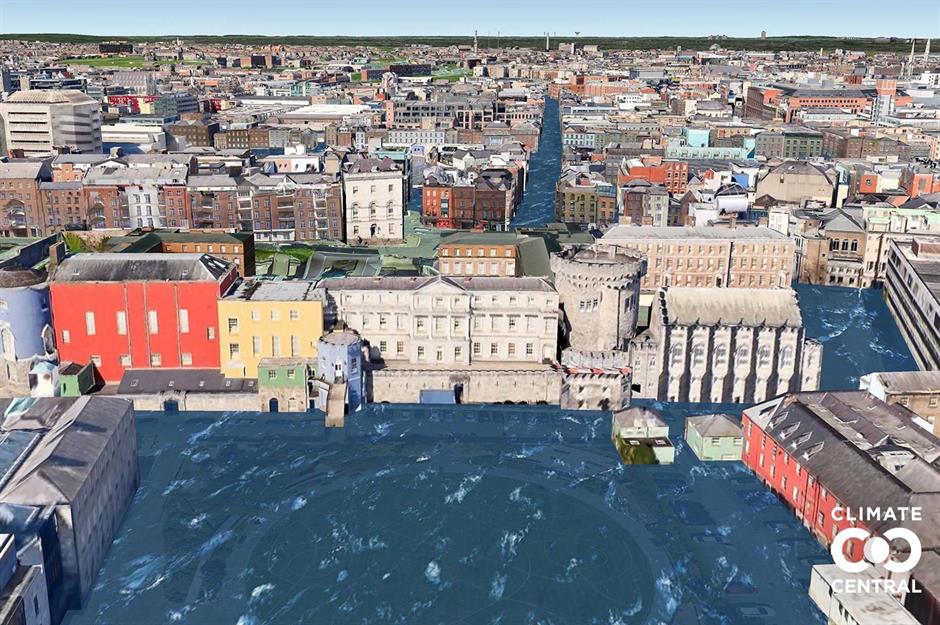
Grev Wedels Plass, Oslo, Norway
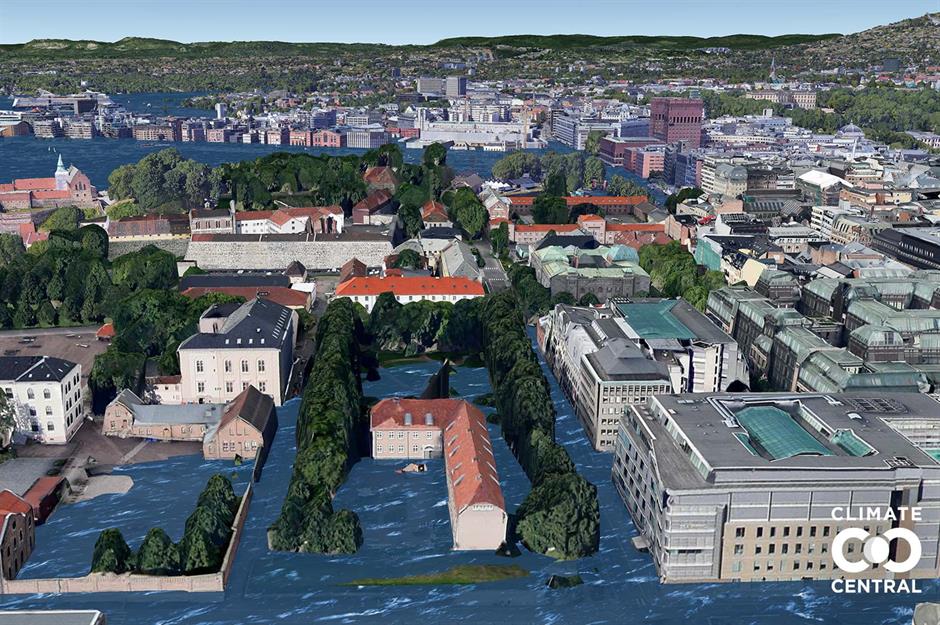
H.R. MacMillan Space Centre, Vancouver, Canada
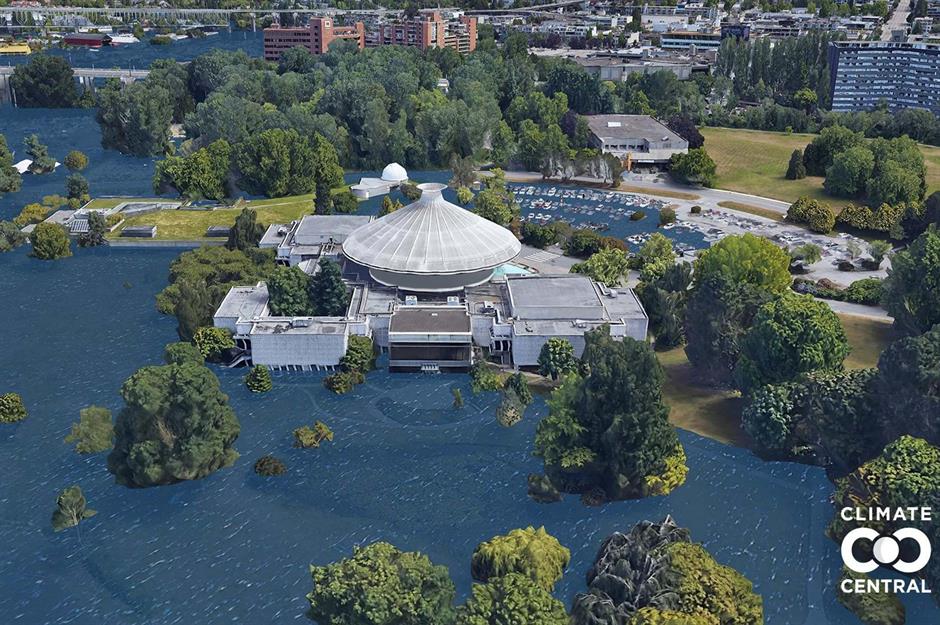
Swathes of the coastal city of Vancouver will be plunged underwater due to global warming, with suburbs including Richmond, Ladner and Surrey set to be badly hit. The H. R. MacMillan Space Centre, pictured, will be all but lost as water sweeps in from English Bay in the west.
These shocking images show the true impact of plastic on our oceans
Cathédrale Sainte Reparate, Nice, France
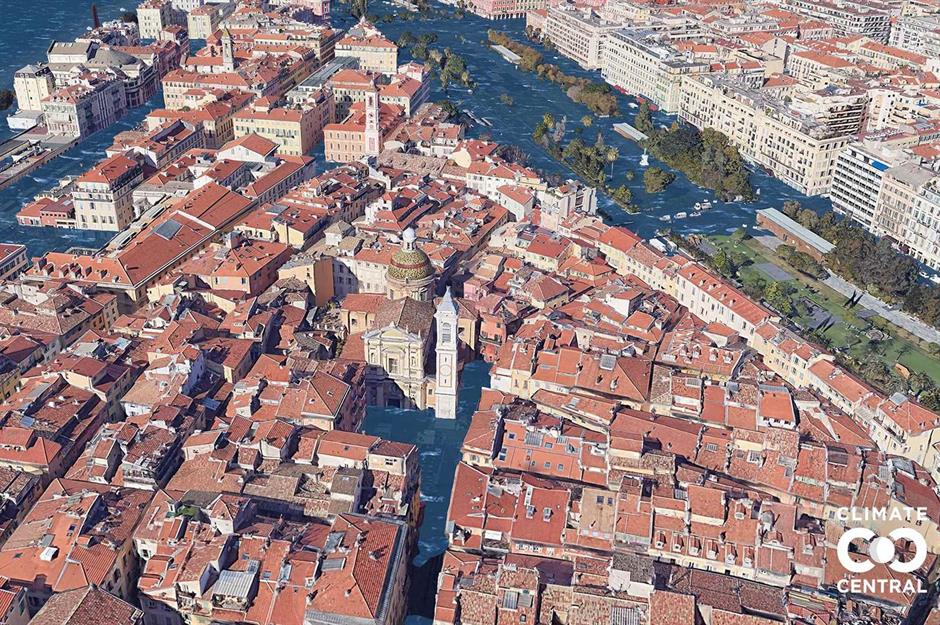
Elizabeth Quay, Perth, Australia
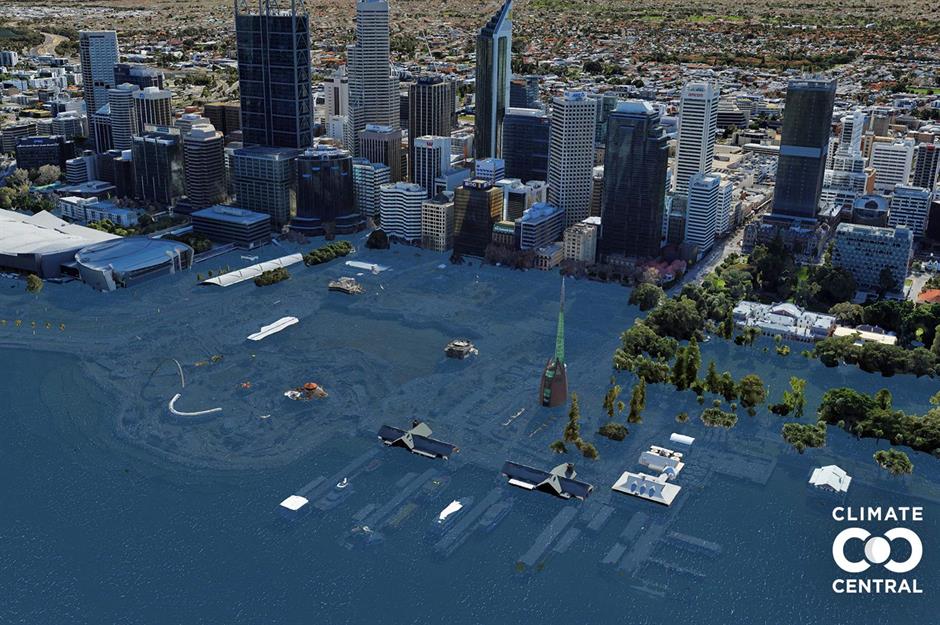
Piazza Dei Martiri, Naples, Italy
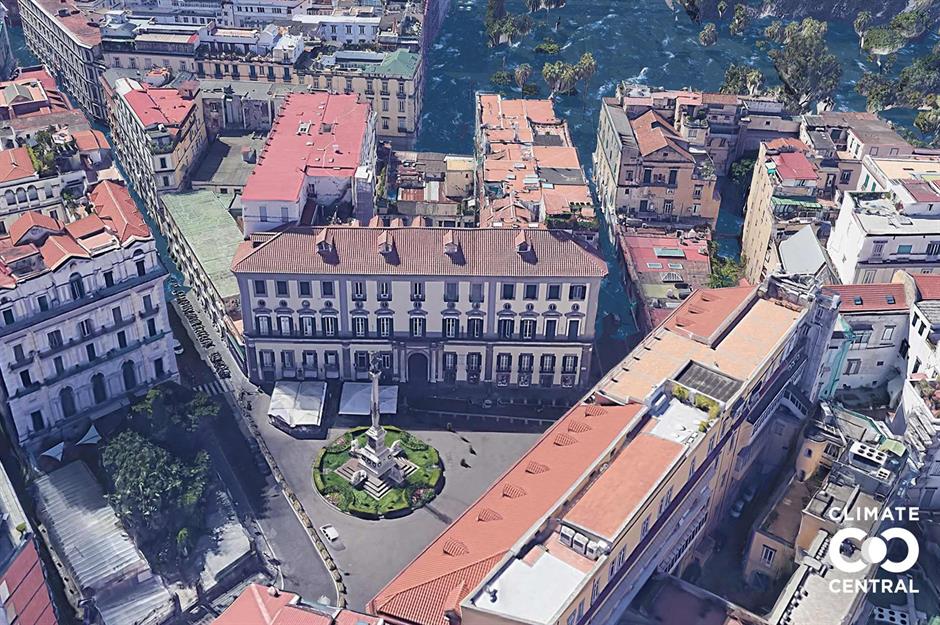
Rosemary Square, West Palm Beach, Florida, USA
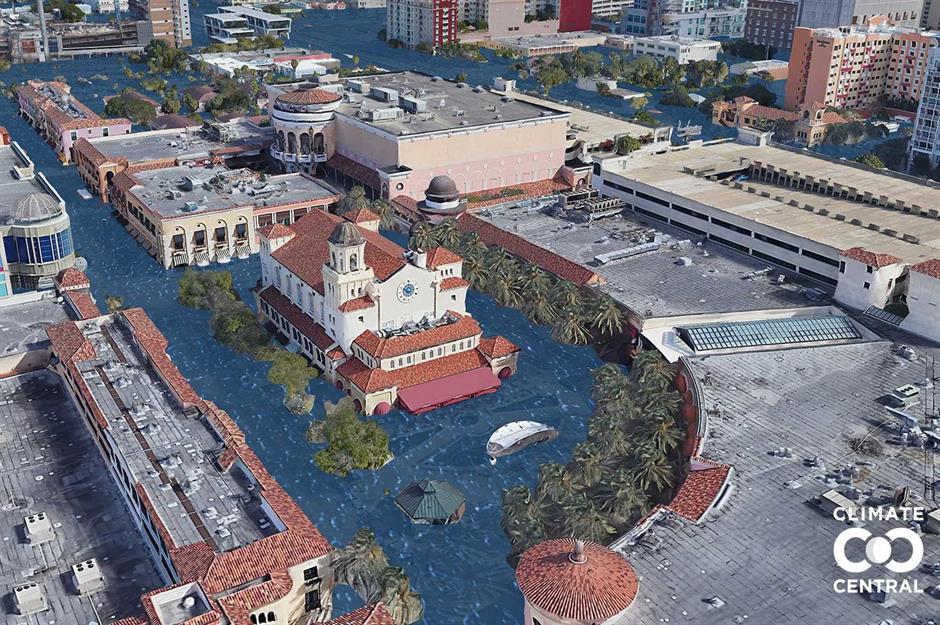
More than 3,600 square miles (9,324sq km) of Florida are within the 100-year coastal floodplain. It is the US state with the largest coastal flooding threat and the south is set to be worst affected. Cities including West Palm Beach, Fort Myers and Miami face devastation if global warming continues at the current rate.
Space Center Houston, Texas, USA
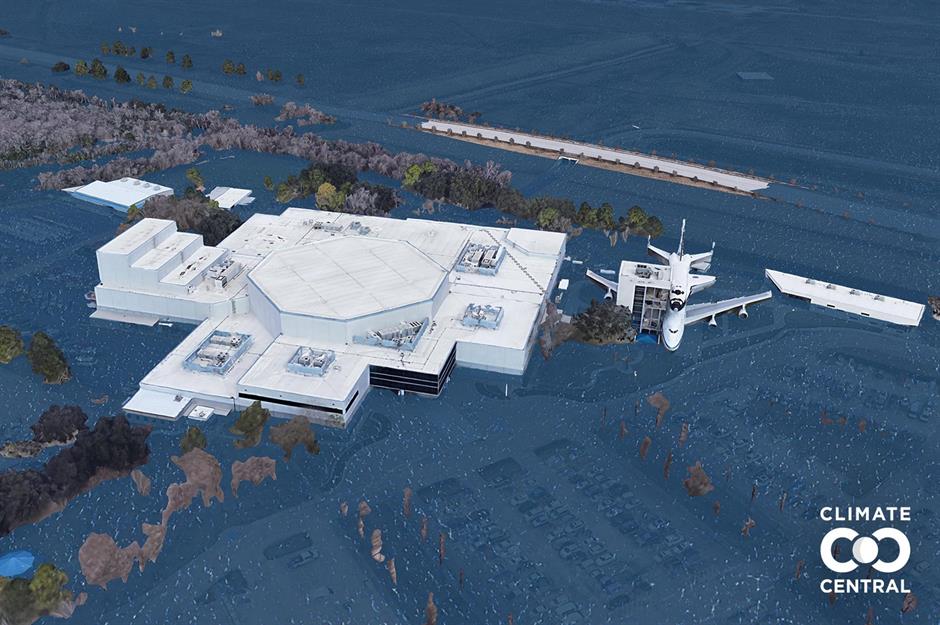
Swathes of Texas’ 3,359-mile (5,406km) coastline would be ravaged by 3°C (5.4°F) of warming, and large parts will be flooded even if warming is curtailed to 1.5°C (2.7°F). The Space Center Houston looks in a sorry state in this image.
These are the world's landmarks under threat from climate change
Floralis Genérica, Buenos Aires, Argentina
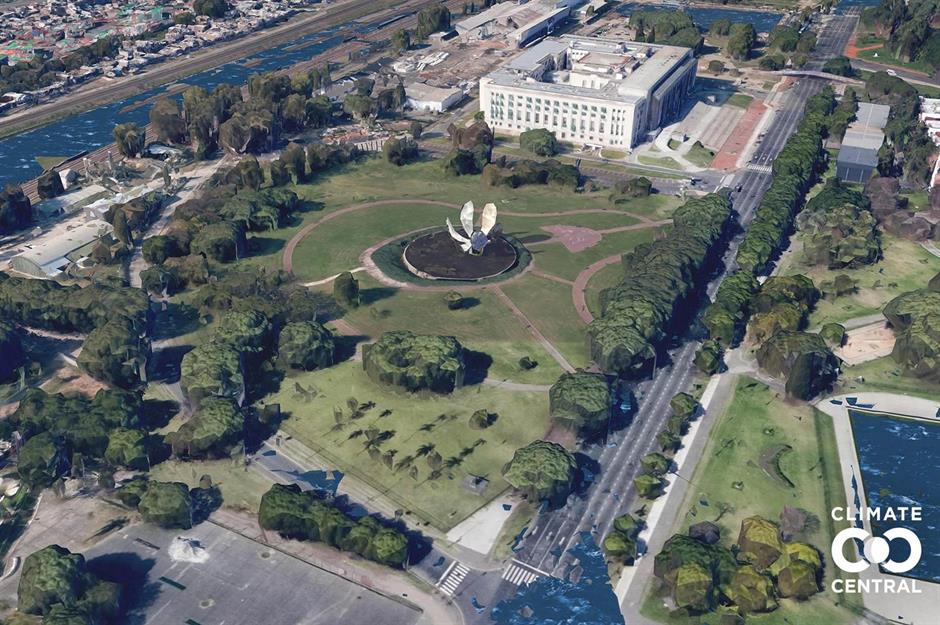
Temple of Literature, Hanoi, Vietnam
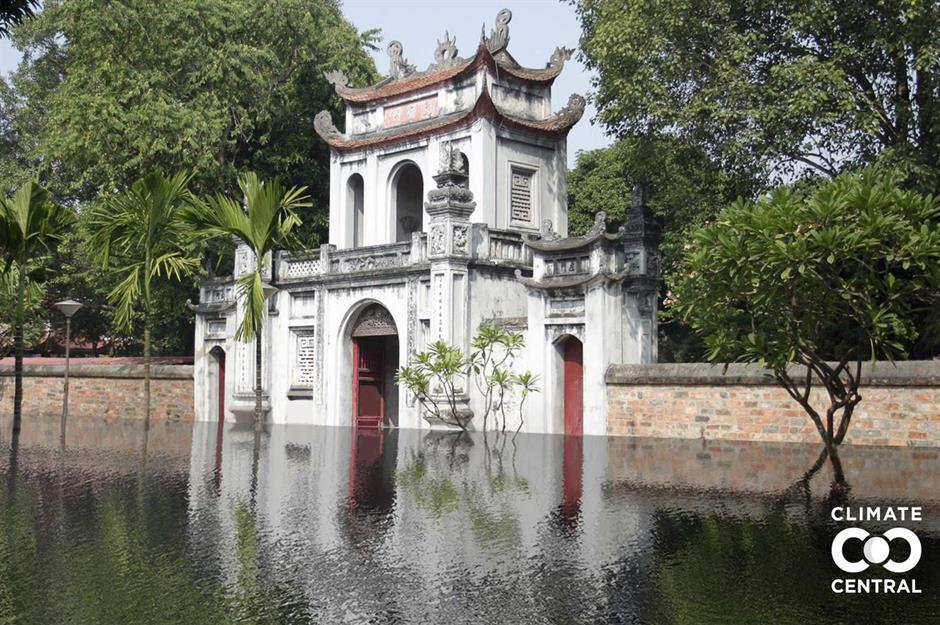
Around one-fifth of Vietnam’s population lives along the Mekong Delta, making them more vulnerable to the effects of climate change-induced sea level rise. According to maps created by Climate Central, almost all of Hanoi will be devastated if temperature increases by 3°C (5.4°F), while even a 1.5°C (2.7°F) rise will badly impact huge areas of coastline.
Washington Street, Hoboken, New Jersey, USA
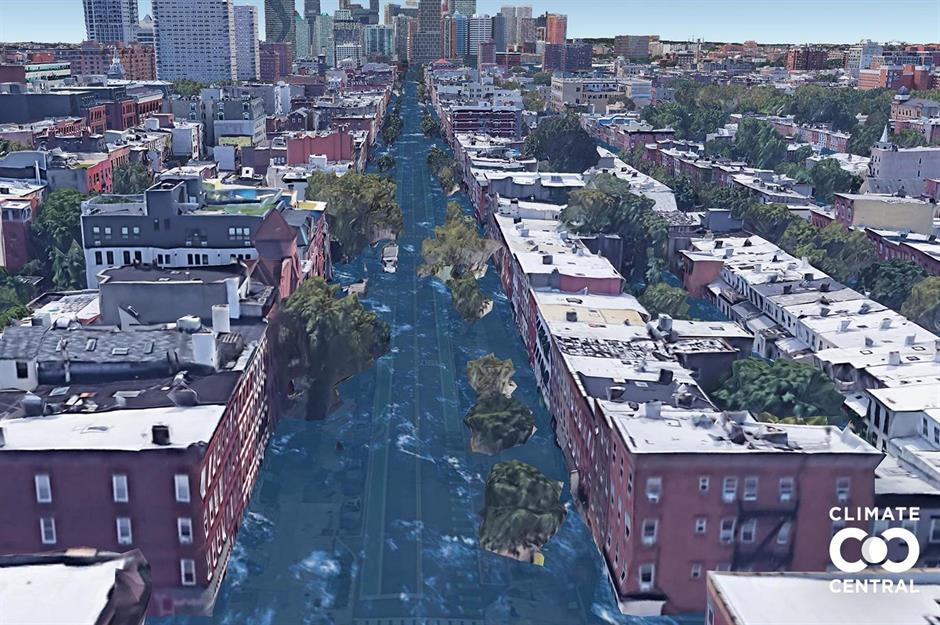
Sitting on the banks of the Hudson River, Hoboken, New Jersey will suffer severely when sea levels rise, as you can see from this image of a drowned-out Washington Street. In fact, even if climate change is curbed at 1.5°C (2.7°F), mapping tools suggest large areas of the New Jersey coastline will be underwater.
Now read about the incredible places that will be underwater by 2050
Sydney Opera House, Sydney, Australia

Burj Khalifa, Dubai, UAE

The Burj Khalifa is the tallest building in the world at more than 2,716.5 feet (828m) high, but its mighty size won’t stop it being ravaged by climate change. As well as consuming the lower storeys of the skyscraper, surrounding roads, green spaces and low-rise buildings in downtown Dubai would be swallowed up by rising water.
These shocking images show the true impact of climate change today
Statue of Liberty National Monument, New York City, New York, USA
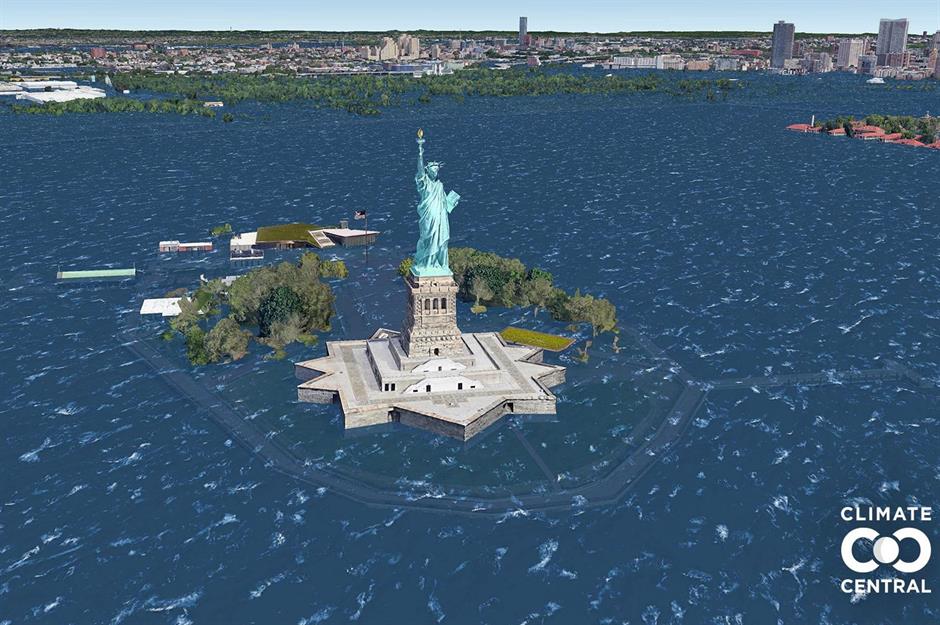
Kunsthalle Bremen, Bremen, Germany
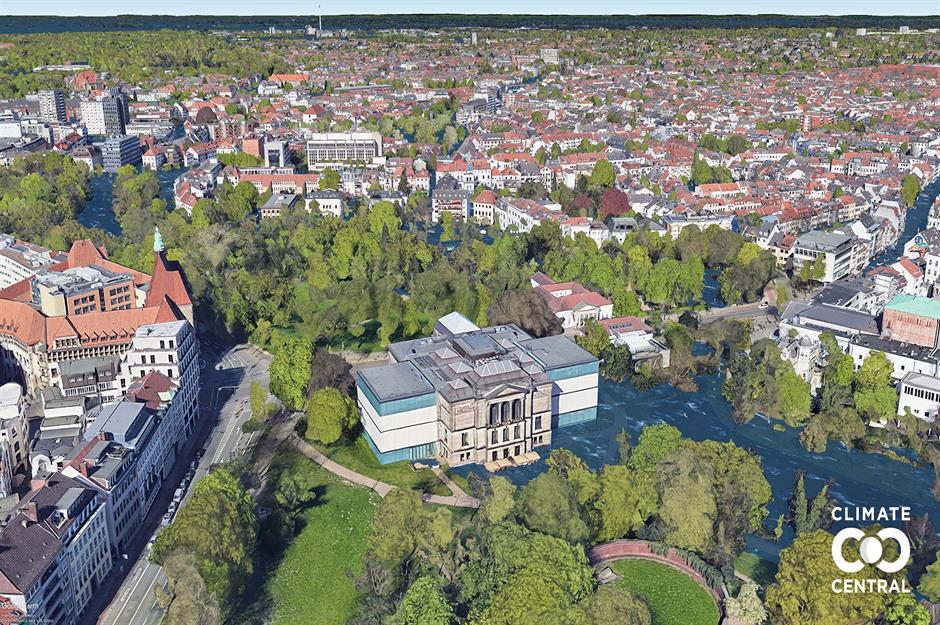
Rothenburgsort, Hamburg, Germany
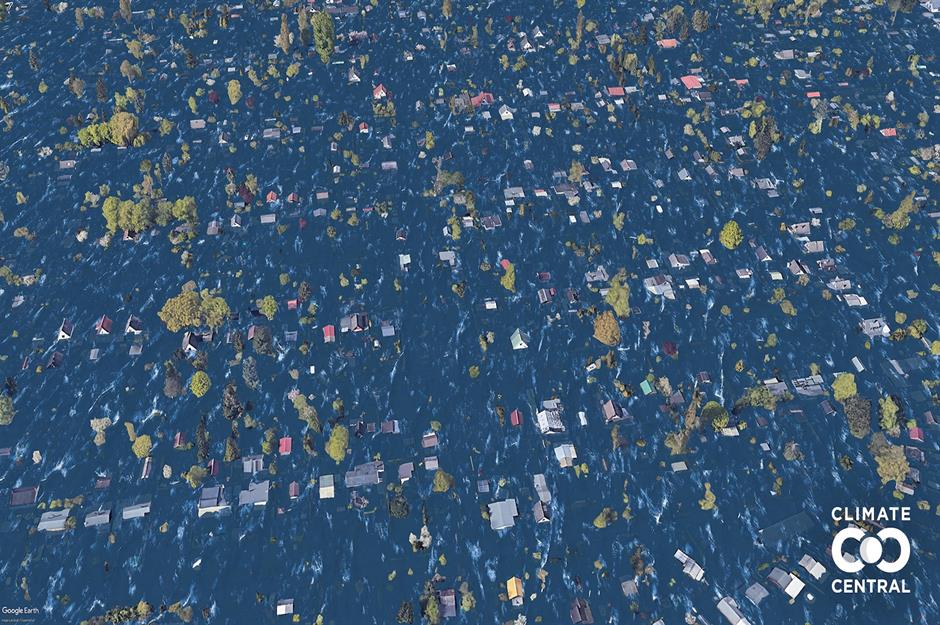
The Rothenburgsort area of Hamburg, Germany’s largest port which is connected to the North Sea by the River Elbe, is facing a worrying future if global warming isn’t curbed and the planet's temperature increases by 3°C (5.4°F). The bustling urban district, which sits right on the Elbe’s waterfront, will be completely inundated and uninhabitable as rising sea levels cause major flooding.
Diocletian's Palace, Split, Croatia
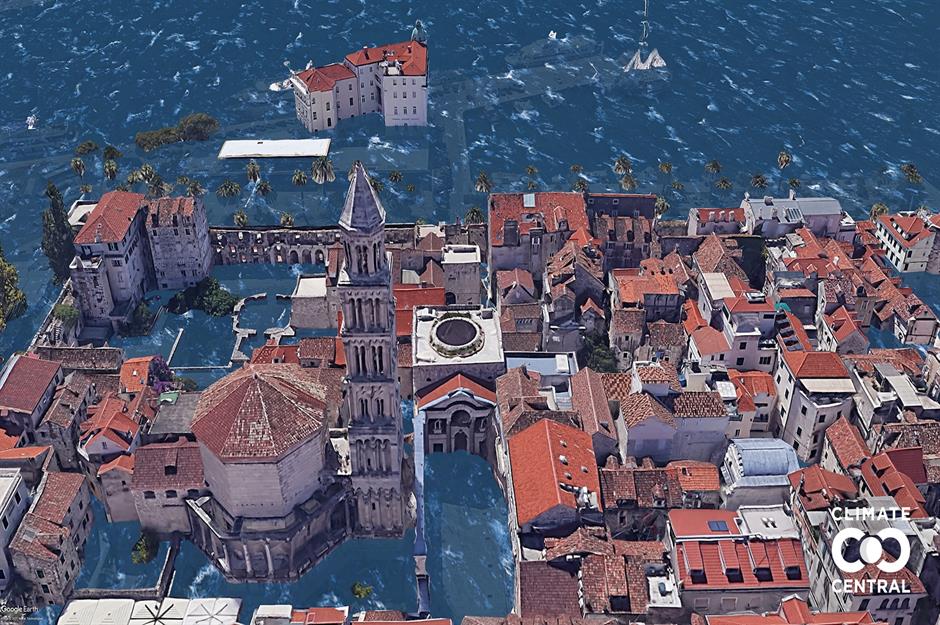
A wonder of the classical age built by the emperor Diocletian between AD 295–305 as an imperial palace and sea fortress on Croatia’s Dalmatian Coast, the complex has stood the test of time. However, the UNESCO World Heritage site and wider city of Split faces a troubling future. If the 3°C (5.4°F) rise continues unabated the fortress and port city will be flooded by the Adriatic Sea.
Christiansborg Palace, Copenhagen, Denmark
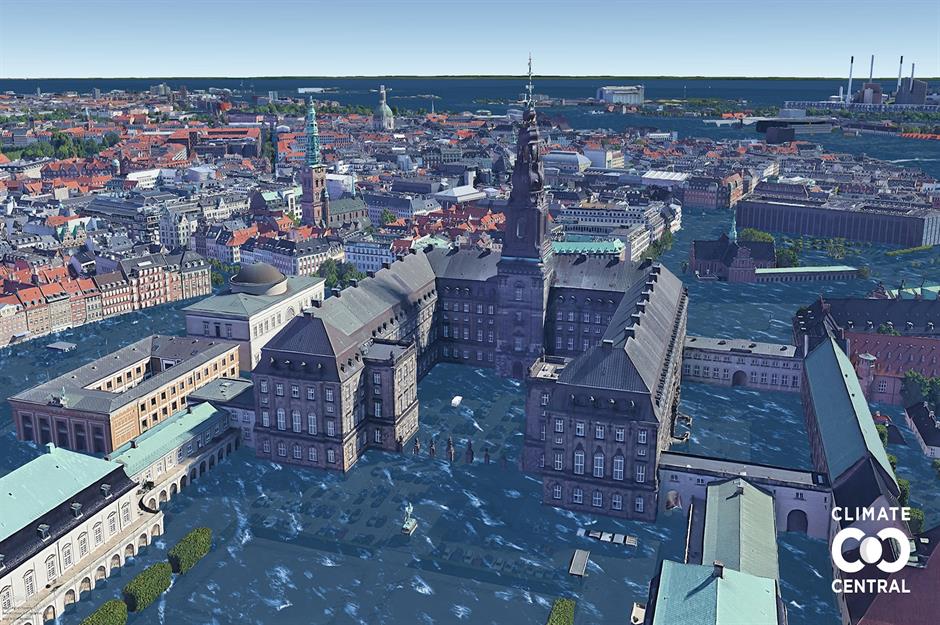
Barcelona Cathedral, Barcelona, Spain
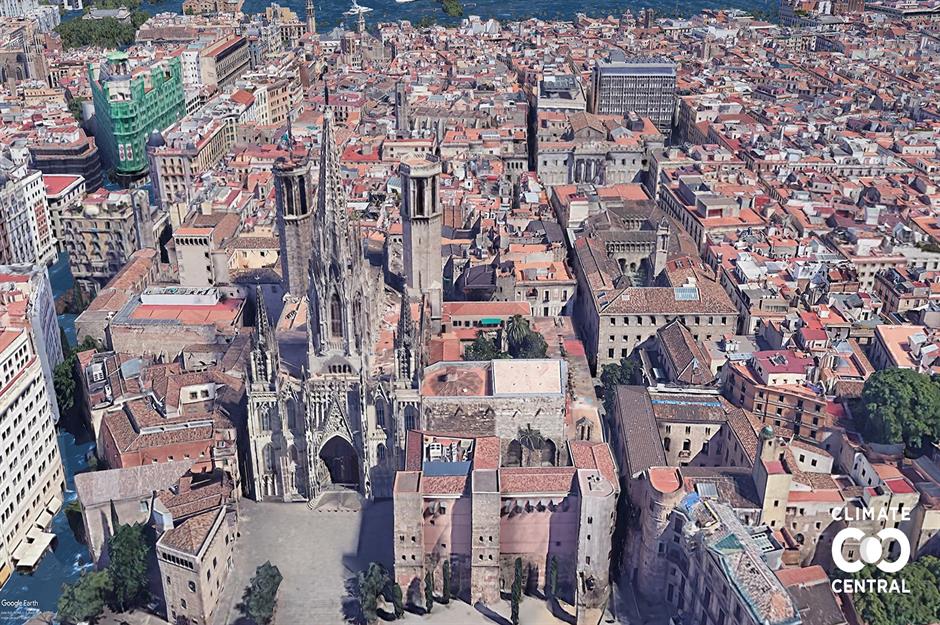
Mazatlán Cathedral, Mazatlan, Mexico
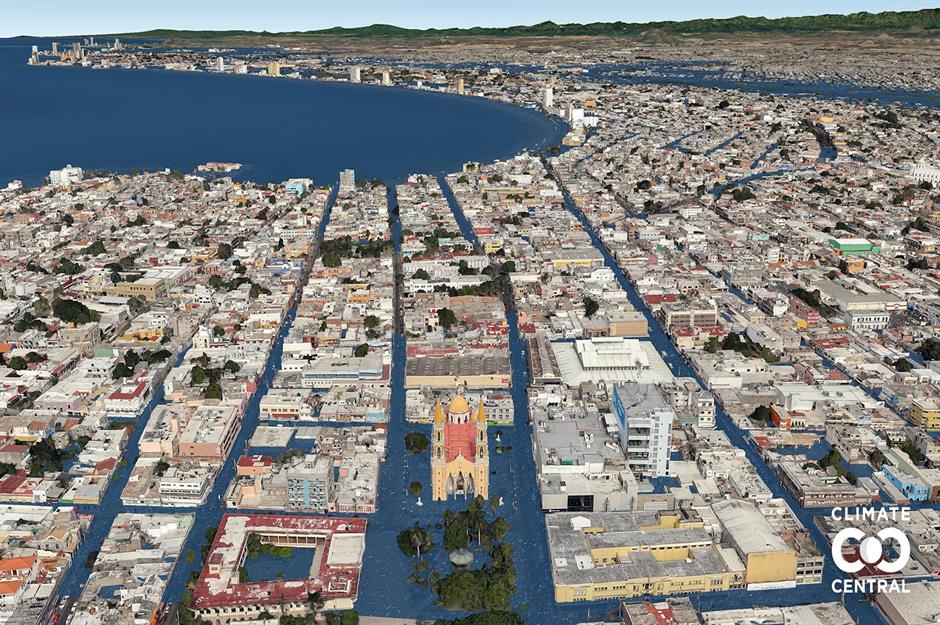
Peace Palace, The Hague, Netherlands
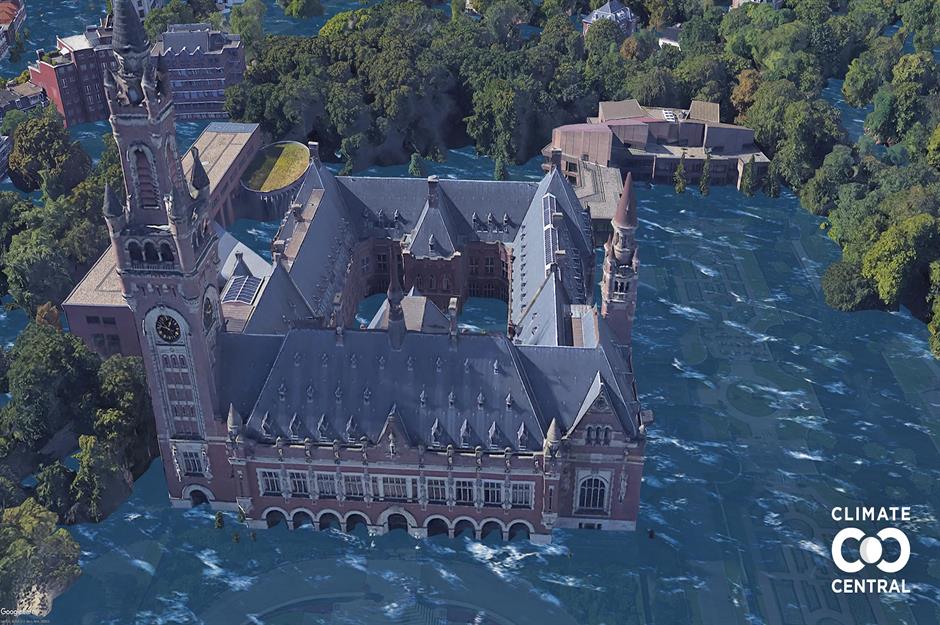
Ulica Długa, Gdańsk, Poland
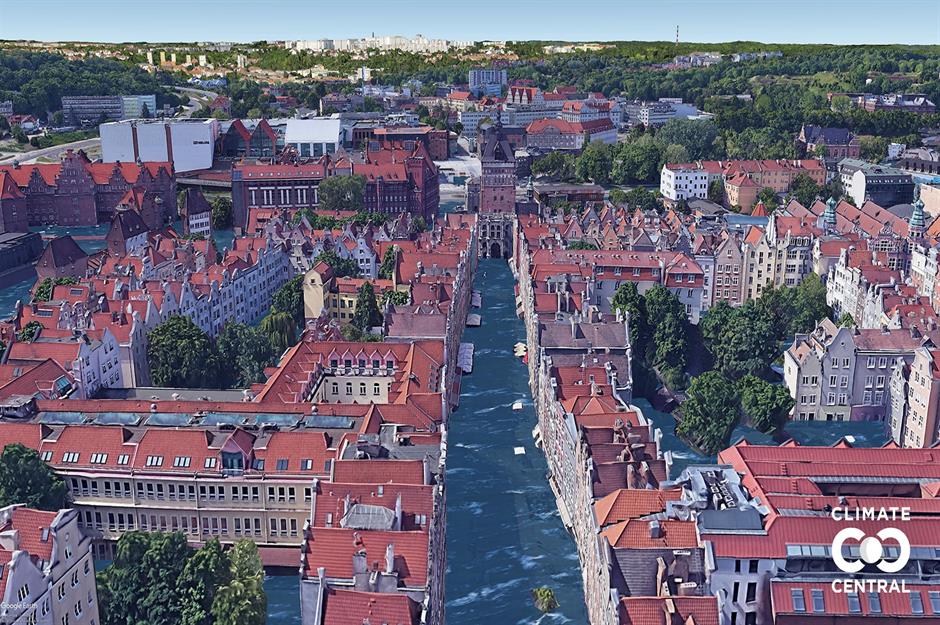
The Real Felipe Fortress, Lima, Peru
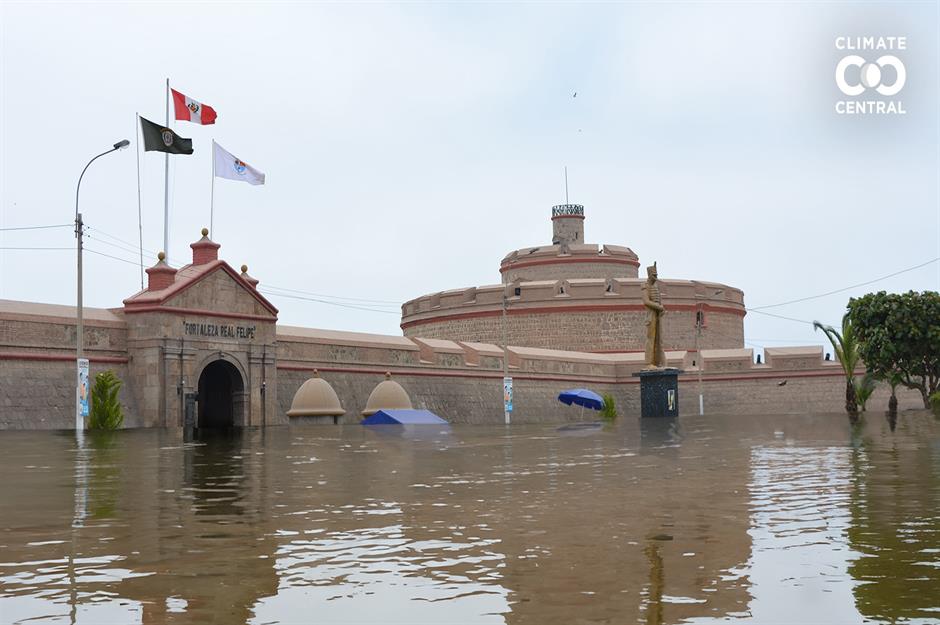
Royal Palace of Stockholm, Stockholm, Sweden
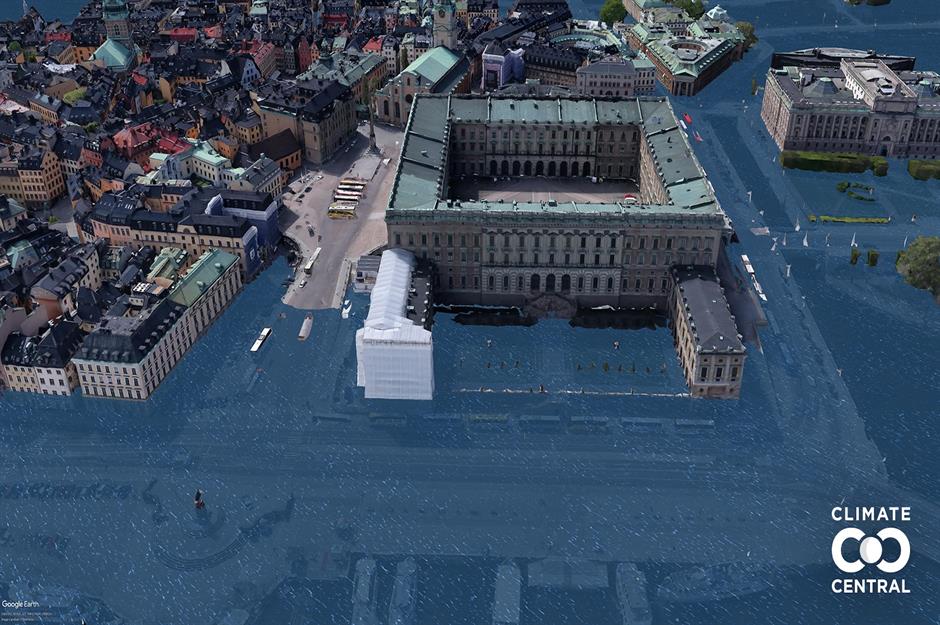
Sweden’s capital is built over 14 islands, with many of its historic sites – including the magnificent Royal Palace of Stockholm (one of Europe's largest) – found on Gamla Stan, its oldest district. According to the photorealistic images released by Climate Central, the palace and its surroundings will be deluged with water in the future, even if global warming is limited to 1.5°C (2.7°F). Pictured here is how the palace will look with a rise of 3°C (5.4°F).
Comments
Be the first to comment
Do you want to comment on this article? You need to be signed in for this feature
Most Popular
Destinations The Seven Wonders of the Ancient World, rebuilt